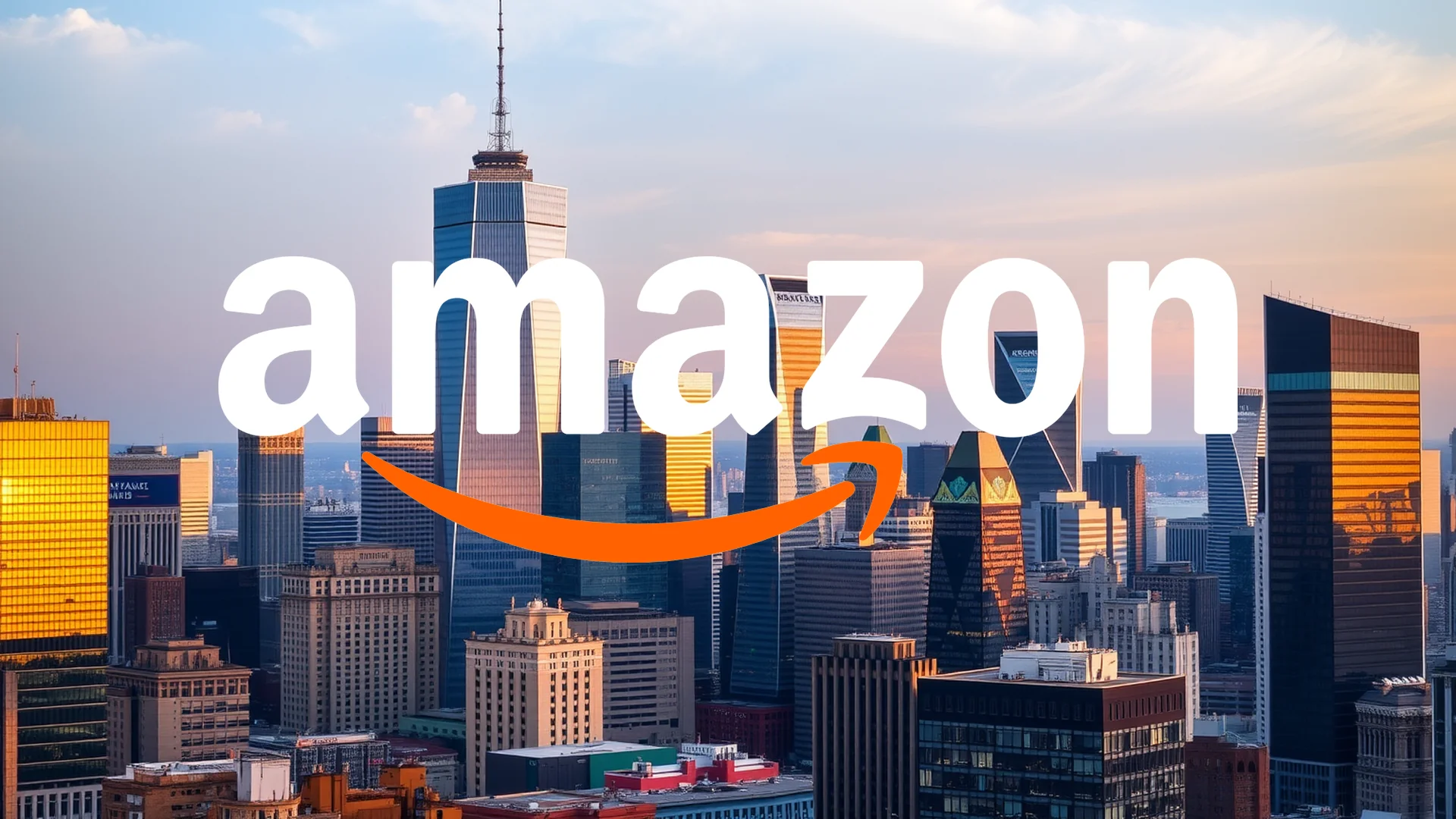Beneath the surface of Amazon’s celebrated artificial intelligence initiatives and multi-billion dollar partnerships, significant corporate turbulence is unfolding. The technology behemoth is navigating a complex transition that sees workforce reductions occurring alongside founder Jeff Bezos’ diminishing ownership stake—creating a precarious scenario for investors accustomed to consistent expansion.
Workforce Transformation Through Automation
The company is implementing another round of staff reductions, with the human resources department facing substantial impact. Approximately 15 percent of positions within Amazon’s “People eXperience and Technology” division are being eliminated as artificial intelligence systems assume control of various processes. This organizational restructuring represents a strategic shift toward operational efficiency, channeling cost savings from automation into substantial AI product development.
Shifting Ownership Landscape
A historic milestone has emerged in Amazon’s shareholder structure: Jeff Bezos’ ownership stake has dropped below the 10 percent threshold for the first time. Despite liquidating over 100 million shares within a twelve-month period, Bezos maintains his position as the largest individual shareholder. Nevertheless, the declining founder ownership raises important questions about future corporate governance and strategic direction.
Technical Weakness and Customer Dissatisfaction Emerge
Market sentiment appears cautious as Amazon’s stock demonstrates persistent technical vulnerability, trading below key moving averages for several consecutive weeks. Simultaneously, customer frustration has mounted across social media platforms following the introduction of increased advertising on Echo Show devices. These developments suggest investors are critically assessing the company’s current trajectory.
Should investors sell immediately? Or is it worth buying Amazon?
AI Investment as Strategic Counterbalance
While streamlining operations in certain segments, Amazon is aggressively pursuing growth opportunities elsewhere. The recently announced collaboration with Carnegie Mellon University establishes an “AI Innovation Hub” focused on advancing critical technological domains:
- Generative artificial intelligence and robotics integration
- Advanced natural language processing capabilities
- Next-generation cloud computing infrastructure
This partnership bridges academic research with industrial application expertise, reinforcing Amazon Web Services’ position as the corporation’s primary growth engine through its multi-billion dollar AI service offerings.
The crucial test arrives with October’s quarterly earnings report, which will reveal whether Amazon can successfully balance fiscal discipline with innovation capacity—or whether this marks the initial phase of a technology titan’s gradual decline.
Ad
Amazon Stock: Buy or Sell?! New Amazon Analysis from December 3 delivers the answer:
The latest Amazon figures speak for themselves: Urgent action needed for Amazon investors. Is it worth buying or should you sell? Find out what to do now in the current free analysis from December 3.
Amazon: Buy or sell? Read more here...










